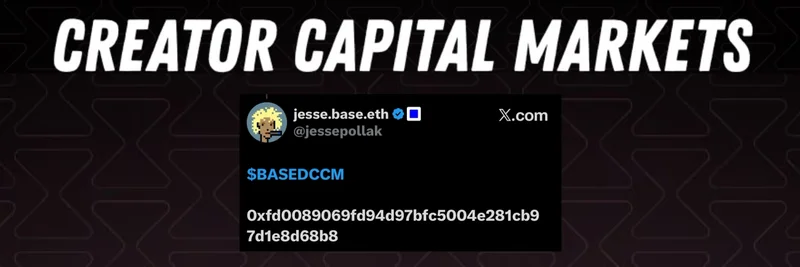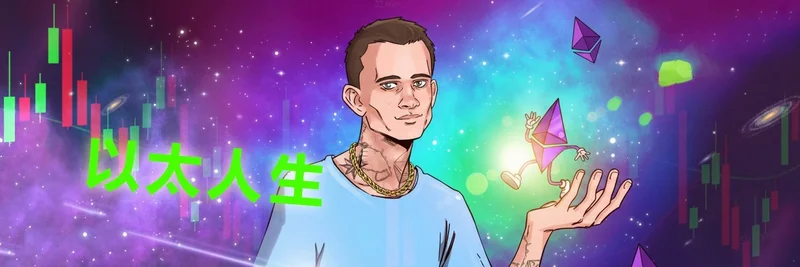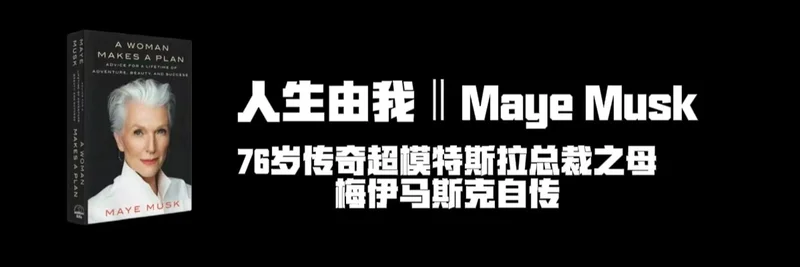Recently, the crypto community buzzed with a fresh take from BSCNews on Chainlink, highlighting it as one of the most crucial platforms in the space. Their in-depth analysis dives into everything from its origins to the $LINK token, and it's a must-read for anyone in blockchain, especially if you're into meme tokens that often rely on real-time data for trading, liquidity pools, and more. At Meme Insider, we're all about unpacking these tech gems to help you level up your game in the meme token world.
What Exactly Is Chainlink?
Let's break it down simply: Blockchains are like super-secure ledgers, but they're cut off from the outside world. They can't check stock prices, weather updates, or even sports scores on their own. That's where Chainlink comes in. It's a decentralized oracle network – think of oracles as middlemen that fetch and verify real-world data before feeding it into smart contracts on the blockchain.
Chainlink solves the "oracle problem," where relying on a single data source could lead to hacks or errors. Instead, it uses a bunch of independent nodes (computers run by different people) to grab data from multiple places, cross-check it, and deliver the most accurate version. This setup is key for hybrid smart contracts, which mix on-chain code with off-chain info, making apps like decentralized finance (DeFi) protocols possible. And guess what? Many meme token projects built on Ethereum or other chains use these oracles for price feeds to ensure fair trading and avoid manipulation.
Running mostly on Ethereum's proof-of-stake system, Chainlink is open-source, meaning devs can tweak and build on it. It's not just hype – over 2,100 projects were using it by 2024, up from the year before.
A Quick History Lesson on Chainlink
Chainlink didn't just pop up overnight. Back in 2017, founders Sergey Nazarov, Steve Ellis, and Ari Juels proposed it in a whitepaper to tackle that isolation issue with blockchains. They launched the mainnet in 2019, focusing on decentralization to avoid the pitfalls of centralized oracles, like single points of failure.
Fast-forward, and Chainlink has grown massively. It's aggregated data from tons of sources, making it more secure and reliable. Partnerships with big names, like the Associated Press for election results or SWIFT for tokenization experiments, show it's bridging crypto with traditional finance. For meme token creators, this means easier integration of real-world events into their projects, like tying token burns to external triggers.
How Does Chainlink Actually Work?
Imagine a smart contract on Ethereum needs the current price of Bitcoin. It sends a request to Chainlink. Here's the magic:
Node Operators Step In: Thousands of independent nodes fetch the data from trusted APIs or sources.
Aggregation and Verification: They compile the info, weed out any outliers (to prevent tampering), and agree on a final value.
Delivery and Rewards: The verified data goes back to the smart contract. Nodes get paid in $LINK for their work, and they stake $LINK as collateral – mess up, and they lose it.
This process keeps things tamper-proof. Chainlink also offers cool features like:
Verifiable Randomness: Perfect for meme token lotteries or NFT mints where fairness matters.
Automation: Triggers actions based on events, like auto-liquidating positions in DeFi pools that meme tokens might use.
Cross-Chain Interoperability (CCIP): Launched in 2023, it lets data and tokens move between blockchains seamlessly. By 2024, it's live on many networks, helping meme tokens on Binance Smart Chain or Solana connect with Ethereum-based oracles.
Fees depend on the job's complexity and network demand, but it's all incentivized to stay efficient.
The $LINK Token: Fuel for the Network
At the heart is $LINK, an ERC-20 token on Ethereum. It's not just for trading – it's utility-driven:
Staking: Node operators lock up $LINK as a bond for good behavior.
Payments: Users pay in $LINK for oracle services, which goes to the nodes.
With a max supply of 1 billion tokens and over 600 million circulating by mid-2024, $LINK creates a self-sustaining economy. For meme token enthusiasts, holding $LINK could be strategic if your project integrates Chainlink for oracles, as it aligns incentives for better data quality.
Why Chainlink Is a Game-Changer for Meme Tokens
Meme tokens thrive on hype, community, and quick trades, but without reliable data, things can go south fast. Chainlink's oracles ensure accurate price feeds for DEXs like Uniswap or PancakeSwap, where many memes launch. It powers prediction markets, insurance protocols, and even dynamic NFTs that react to real-world events – imagine a meme token that adjusts supply based on social media trends pulled via Chainlink.
Pros include top-notch security, scalability across chains, and real-world integrations that make blockchain more practical. On the flip side, it adds a layer of complexity for new devs, and fees can spike during high demand. But overall, it's a backbone for innovation.
Looking Ahead: Chainlink's Future in Crypto
The BSCNews piece points to exciting developments, like OpenUSDT – a cross-chain stablecoin built with Chainlink partners, tackling liquidity issues on over 30 blockchains. Collaborations with traditional finance signal broader adoption.
For meme token builders, this means more tools to create sophisticated, data-driven projects that stand out. Whether it's weather-based meme events or AI-integrated tokens using Chainlink feeds, the possibilities are endless.
If you're diving into meme tokens or blockchain tech, check out the full BSCNews analysis for even more details. At Meme Insider, we'll keep tracking how oracles like Chainlink shape the next wave of crypto fun and finance. Stay tuned!




